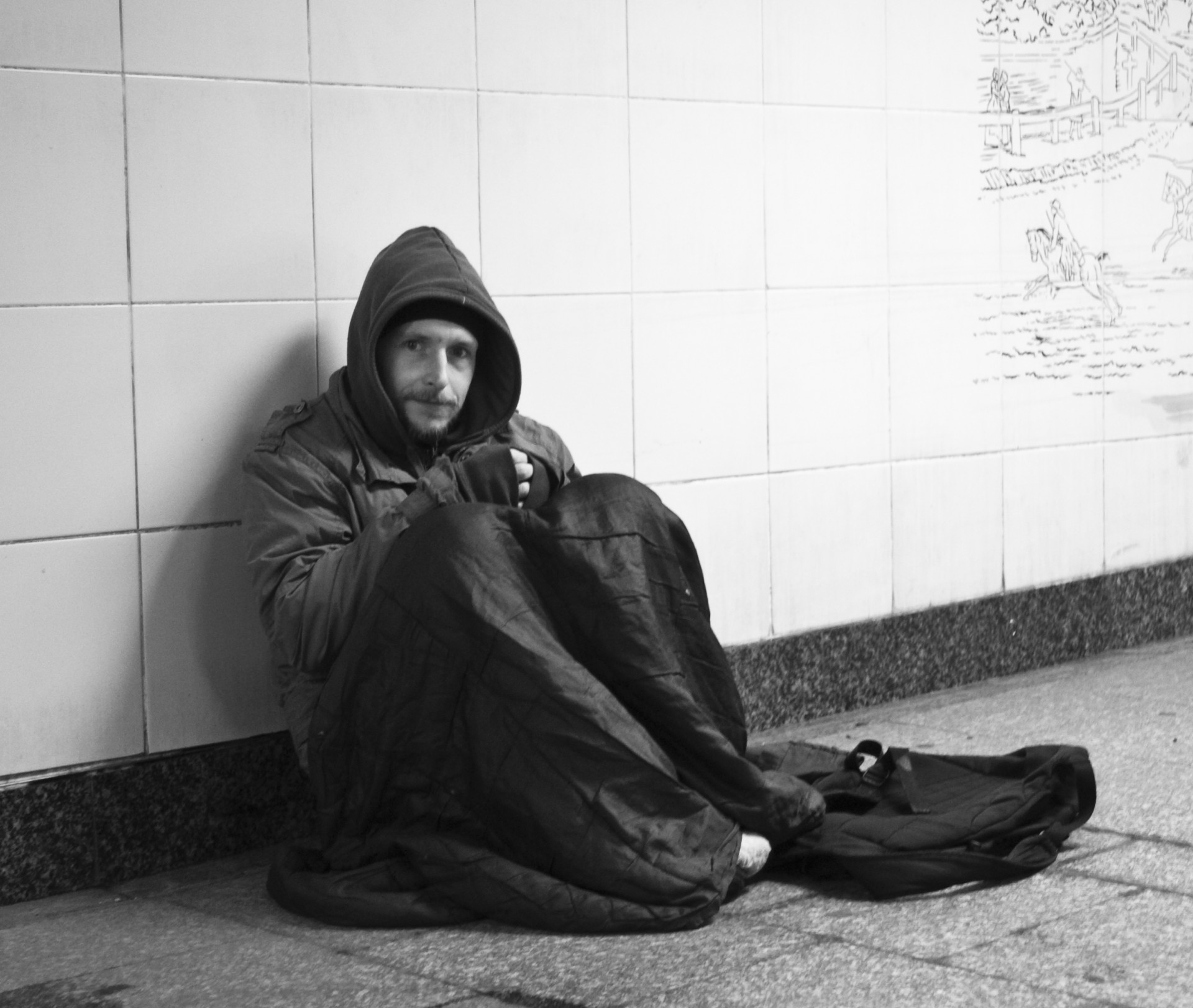Harris & Fiske (2006)
 Harris & Fiske (2006) studied the role of the brain in prejudice. You can use this study for the following content in the biological approach:
Harris & Fiske (2006) studied the role of the brain in prejudice. You can use this study for the following content in the biological approach:
Research methods used in the biological approach.
Techniques to study the brain and behaviour.
It can also be used in the sociocultural approach:
Social identity theory.
The formation of stereotypes.
It can also be used in human relationships to discuss the origins of prejudice.
The abstract of the original study is available here. A follow-up study done in 2007 is available here.
Research by Wheeler & Fiske (2005) found that when looking at photos of someone from an out-group, in this case when white students look at photos of a black male, there is a neurological response when categorizing someone as a member of an out-group. That response includes the activation of the amygdala as well as the pre-frontal cortex. From an evolutionary point of view, it makes sense that we perceive out-groups as a threat, but then can use our pre-frontal cortex, which is responsible for social cognition, to evaluate the threat and then mediate the response of the amygdala.
However, not all stereotypes about out-groups are the same - and they do not all present the same level of threat to the in-group.
The stereotype content model (SCM) is a theory proposed by Susan Fiske that stereotypes possess two dimensions: warmth and competence. Social groups are perceived as warm if they do not compete with the in-group for the same resources and they are considered competent if they are high in status - that is, economically or educationally successful. Thus, lack of competition predicts perceived warmth and status predicts perceived competence.
According to this model, Fiske proposed four types of stereotyping:
| Low competence | High competence | |
| High warmth | Paternalistic stereotype | Admiration |
| Low warmth | Contemptuous stereotype | Envious stereotype |
Harris & Fiske wanted to observe the role of the prefrontal cortex and the amygdala in reacting to what they called "extreme out-groups" - that is, homeless and addicts. The researchers wanted to see the biological correlates of a "contemptuous stereotype."
The sample was made up of 22 Princeton University undergraduates. The group was divided into two - with half the group seeing images of people and half seeing images of objects.
Before being put into the scanner, participants used a computer screen to practice rating a series of neutral photos for each of the four emotions: pride, envy, pity, disgust. This was done as a control to make sure that the participants understood the nature of the task.
Once in the fMRI, participants were shown six sets of ten photographs. These photos included people with disabilities, rich businessmen, older people, American Olympic athletes, and homeless people. The participants were shown a response screen after each image and then, using a joystick, were asked to choose which of the four emotions that they felt toward the image that was just displayed.
Harris & Fiske found that there was a clear difference in brain activity when participants rated pictures of addicts or homeless people; in addition to activation of the amygdala, their brains set off a series of reactions associated with disgust. The insula was activated, which is usually a response to non-human objects such as garbage and human waste. Perhaps even more surprising, the part of the brain that is activated when we think about other people or ourselves – the medial prefrontal cortex – was not activated. In other words, in the case of the homeless, their brains did not react to them as people.
This study indicates that SIT may be overly simplified and that there are other factors that may play a role in our reaction to an out-group rather than simply the fact that they are not members of our in-group. Perceptions of a threat to the in-group's resources as well as the out-group member's status may play a role in our perception of the out-group and how our brain reacts.
The study makes use of an fMRI which is an expensive piece of equipment. As a result, the sample size is small to keep the cost down. This means that the sample is not large enough to make a generalization. In addition, more research needs to be done to test the reliability of the study.
The sample is also biased. First, the students were all Americans. Although the brain should respond the same way in all cultures, we cannot rule out learned cultural responses which may influence the brain activity. In addition, the sample is made up of participants from Princeton University. This may indicate a certain level of intelligence and/or socioeconomic status which may have influenced their behaviour.
The fMRI does not allow for demand characteristics. This means that we can rule out confounding (extraneous) variables in the results.
The study gives support to research of both Social Identity Theory and stereotyping; it appears that our brain categorizes people and responds differently, depending on their group. However, the study did not look at the response of homeless people to other homeless people. Therefore, it is not absolutely possible to state that the brain response is a result of observing a member of an out-group.

 IB Docs (2) Team
IB Docs (2) Team
